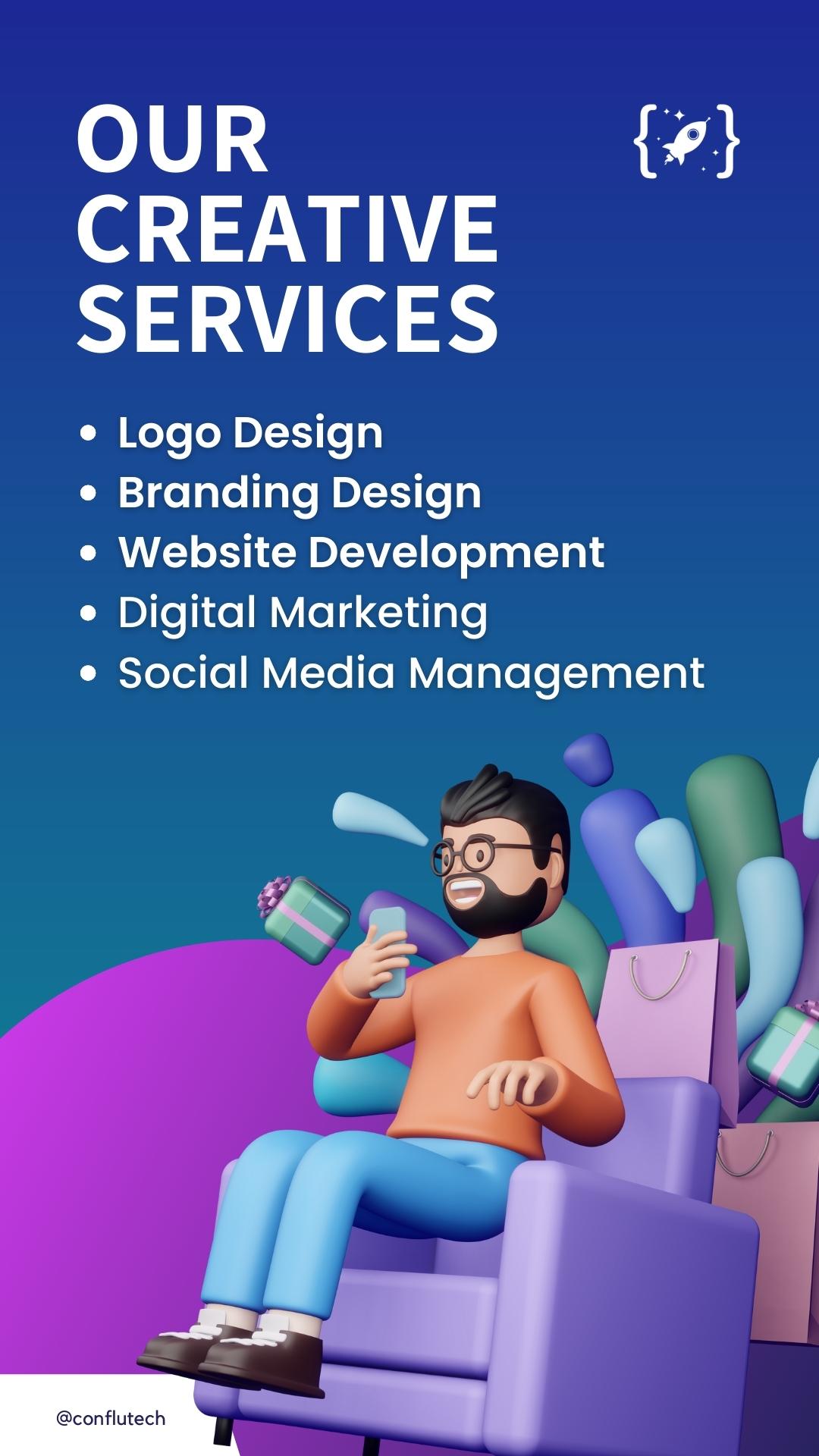Today, more than ever before, businesses are looking to leverage social media as a tool to generate leads. From creating engaging content that drives inbound traffic to leveraging paid ads and campaigns, companies are finding success in using social media to increase lead generation. With the right combination of techniques, businesses can use social media to further their sales goals and grow their customer base.
Social media is a powerful tool for targeting potential customers with relevant content that engages them in the buying process. Companies can create content that educates customers about their products or services, offering insights into how they can benefit from using them. Additionally, through running targeted campaigns on platforms such as Facebook and Instagram, businesses can identify users who may be interested in what they have to offer and direct them towards converting into leads through cleverly designed adverts.
Benefits of Social Media for Lead Gen

Benefits of Social Media for Lead Gen
As social media continues to become a more integrated part of our everyday lives, businesses are presented with an opportunity to capitalize on this by utilizing it for lead generation and sales. By leveraging the latest tools and techniques, businesses can gain actionable insights on their target audience while simultaneously expanding their reach to capture more leads. In this article, we will dive into how businesses can effectively use social media for lead generation and sales.
Social media is one of the most cost-effective marketing strategies available today, offering numerous benefits from increased visibility to improved brand recognition. With its expansive reach and ability to connect with potential customers in real-time, it’s no wonder why so many companies are turning towards social media for lead gen efforts.
Identifying Target Audience

Identifying Target Audience
Identifying Target Audience is an essential part of using social media for lead generation and sales. Knowing who your audience is, what their needs are, and how you can help them will increase the effectiveness of your efforts. Understanding the motivations of your target market enables you to craft a social media strategy that speaks to their needs and interests.
The best way to start building your understanding of the target audience is through research. Analyzing past customer data as well as industry trends can provide valuable insight into who they are and what they need. Additionally, reading through competitor analysis reports or industry news can be a great source for understanding industry trends that may affect your target audience’s wants and needs. Once you have identified key characteristics about your ideal customer, you’ll be able to create content tailored specifically to them on social media platforms like LinkedIn, Twitter or Instagram.
Creating Engaging Content

Creating Engaging Content
Creating engaging content is an essential part of any marketing strategy, especially for businesses that want to use social media for lead generation and sales. To be successful, it’s important to know how to create content that resonates with your target audience. Crafting high-quality and interesting posts can help your followers feel connected to your brand and drive more leads and sales.
Writing effective copy or creating visually appealing images require some practice but there are a few basic tips you can follow in order to get started. Break down complex topics into smaller, easier-to-understand concepts; use relevant hashtags or keywords so people can find your content; focus on adding value by providing helpful advice or entertainment; and make sure you post regularly so your account stays active.
Optimizing Posts for Lead Gen

Optimizing Posts for Lead Gen
Optimizing posts for lead generation is a critical component of using social media for lead generation and sales. With the right content, businesses can attract more leads and convert those leads into paying customers. Understanding how to optimize posts on various platforms is key to developing an effective strategy that will yield results.
When optimizing posts, it’s important to consider the type of content used, when it’s posted, and how much engagement it receives. This means creating quality content that resonates with your target audience at times they are most likely to be on their devices or checking their news feeds. Additionally, making sure each post has a clear call-to-action (CTA) will help direct potential customers toward purchasing decisions or gathering additional information about your business offerings.
Measuring Campaign Performance

Measuring Campaign Performance
Measuring campaign performance is critical to any successful lead generation and sales strategy. In the era of social media, understanding the unique metrics associated with each platform is essential for success. Knowing how to measure these metrics in order to understand when a campaign has been effective and when it hasn’t can make all the difference in achieving your desired outcome.
When it comes to using social media as a tool for lead generation and sales, there are two main categories of metrics that should be tracked: engagement and reach. Engagement measures activities such as likes, shares, comments, retweets, etc., while reach measures how many people have seen your posts or ads. Keeping an eye on these two metrics can help you gauge effectiveness and tweak campaigns as needed.
Conclusion
Using social media for lead generation and sales can be a valuable tool for any business. When used correctly, social media can reach an extensive audience and provide the opportunity to create meaningful relationships with potential customers. With effective strategies, businesses have the potential to generate leads, increase their brand awareness, and ultimately drive sales.
When implementing a social media strategy, it’s important to remember that it isn’t a one-time effort. Consistency is key in order to make sure posts are seen by the desired target audience. Developing campaigns around specific goals will help guide content creation and keep your efforts focused on achieving success. For businesses looking to take advantage of all that social media has to offer, focusing on these ideas will help ensure successful lead generation and sales outcomes.










